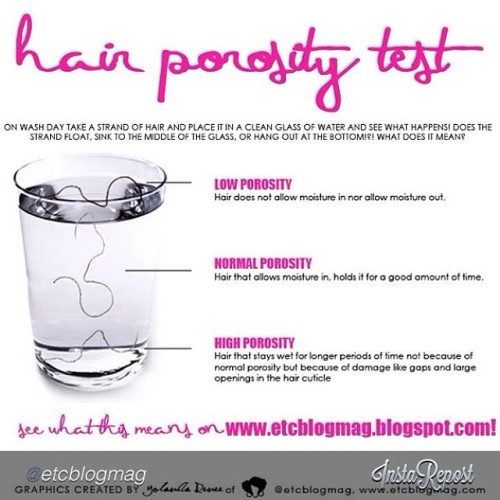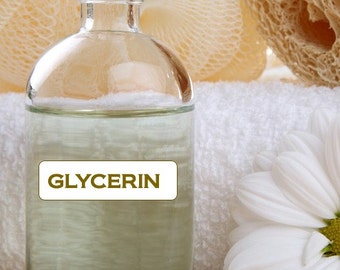Protective Styling On Natural Hair
What is protective styling?
The definition of a protective style can vary. My definition is any hairstyle that protects your ends from the elements and allows low daily manipulation to relieve the hair from stress of constant manipulation, while enabling you to keep your hair moisturized. That, in turn, promotes healthy, strong, long natural hair.
What are the benefits of protective styling?
Rough clothing, constant hair manipulation, hair tools, harsh weather, and bad products are hard on our hair strands. We need to protect our hair, especially our hair ends, in order to retain our hair length. Healthy hair is more important than just having long hair--having long unhealthy stringy hair is unattractive. Protective styling promotes healthy hair with the end results of long hair. Therefore, the benefits of protective styling on natural hair include healthy, stronger, longer natural hair.
Naturals with type 4 (kinky) hair will benefit from protective styling because the kinkier your hair, the drier it can be. Along with protective styling, we need a proper hair regimen and/or hair care practices. By tucking away or protecting our ends, we are protecting it from the damage of constant manipulation and weathering from the elements. When we protect our ends, we retain hair and will see the hair growth process. Trust me, your hair is growing--it might not be as fast as you would want it to grow, or it might be breaking off at the ends faster than it's growing at the root--but in any case, doing protective styling will give our hair a break from constant manipulation so it can thrive and produce healthy hair strands.
Protective styling is also beneficial to type 3 (curly) hair that are having the same difficulties with retaining length and moisture. Some curlies have stated that protective styling does not work for their hair type. We know our hair better than anyone else, so our regimen should be based on our hair needs. So basically, naturals with kinky hair are highly recommended to do protective styling to retain length and promote healthy, strong hair. Both curly and kinky hair will benefit if struggling with dry hair, breakage, and/or length retention.
What styles are considered protective styles?
There're tons of different protective styles for any hair length and occasion. Remember, natural hair is very versatile. As far as what's considered a "protective style", there's actually a debate about that... Here are the three main viewpoints:
- There are some naturals who believe the only protective styles are the ones that have hair added. Examples include weaves, wigs, box braids, crochet braids, twists (Marley, Senegalese, Havana, etc), etc. As long as the hair is cornrowed underneath or braided/twisted into the hair. (There are some naturals that believe it's wrong to add any type of hair to your head. To each his own.).
- Another set of naturals believe that protective styles are any styles with your ends tucked away whether with your own hair or not. Examples include buns, up-dos, twisted with the end style hiding the ends of the hair, braided with the end style hiding the ends of the hair, etc.
- The last group of naturals believe that protective styles are any low manipulation styles whether ends are tucked or not and regardless of hair added or not. Examples include twists, braids, finger coils, Bantu knots, etc.
My Opinion: It depends on the length of our hair, so the third option is fine if our hair is not touching our shoulders or clothing. To protect our hair from the elements, when using just low manipulation styles as our protective style, we should cover our heads with a stylist hat (either cover it with a satin bonnet first before adding the hat or make sure the inner layer of the hat has a satin liner). Once our hair reaches shoulder length, adding hair (as long as the style is not pulling tight on our own hair) or tucking away our ends are both protective styling. As long as the styles are low manipulation as well. Those styles also protect our ends from weathering and excessive hair manipulation. I don't consider finger coils, free hanging twists/braids, etc. to be protective styling for shoulder length and longer unless hair is added and our ends are covered within the added hair. However...shorter hair with younger hair strands requires different care, so we could get away with just low manipulation styles as long as we keep in mind that our hair is still expose to the elements. That's just my opinion...
Protective Styling Challenge:
It's 2015! A new year, a new start, and a whole new set of challenges whether hair related or not. So, our Facebook hair page, Naturally Naturals, is doing its part with challenging you to be a better you this year. Are you up for the challenges?! Protective Styling Challenge Dates: February - March 2015 and August - September 2015.
Click the Picture Below to Follow Us On Email
Get updates on new post, events, and more:
















